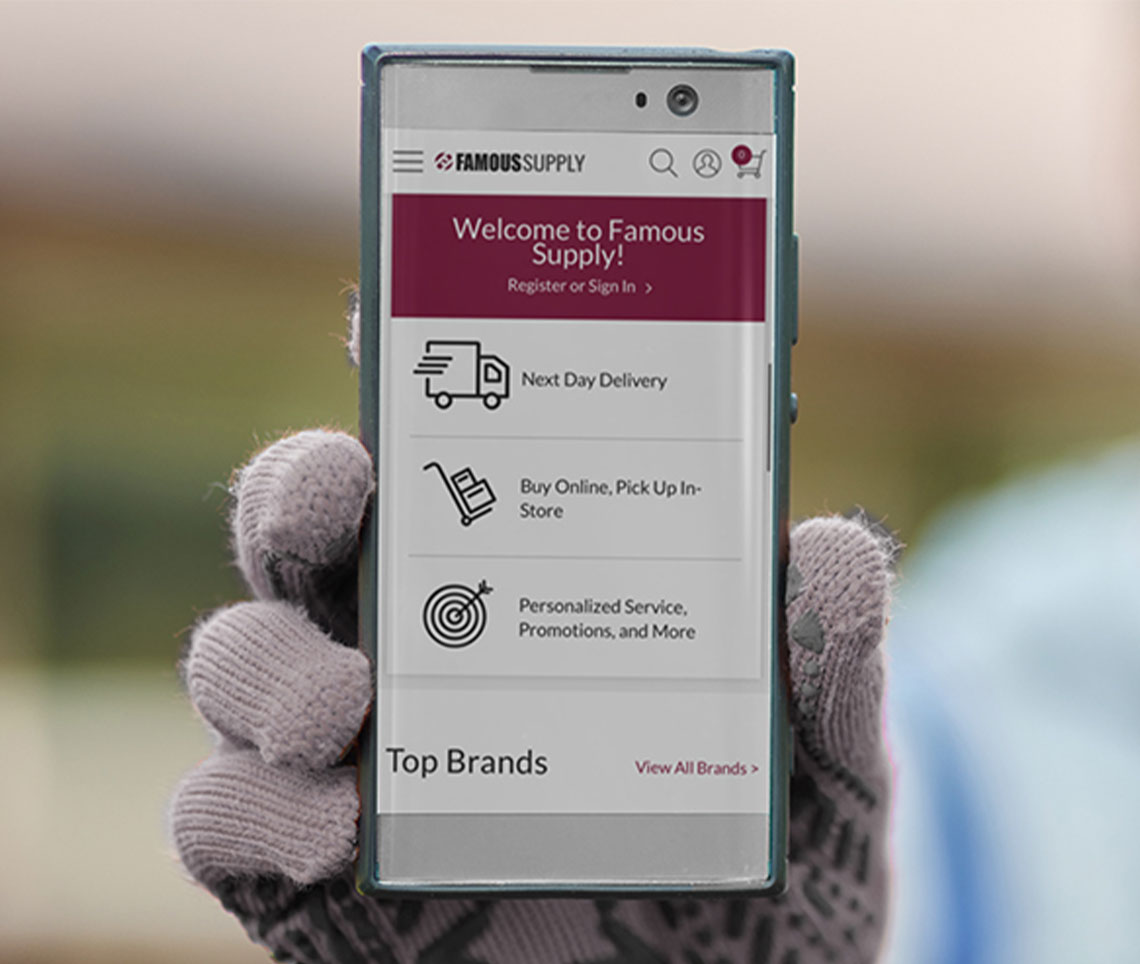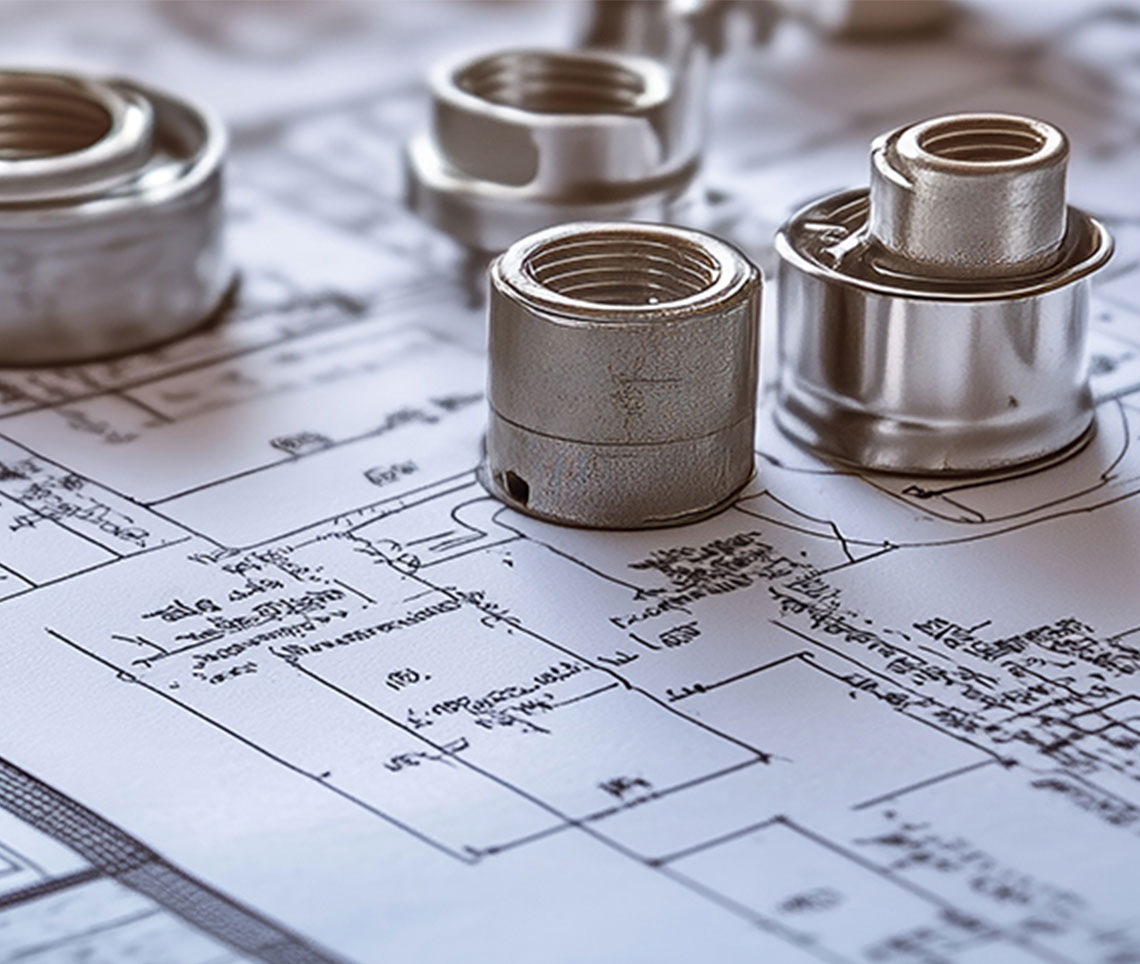
5. Be A Fanatic About Response Time.
People expect us to respond to their questions and concerns quickly, whether it’s in person, on the phone, or by e-mail. This includes simply acknowledging that we received the request and we’re “on it,” as well as keeping those involved continuously updated on the status of outstanding issues.
Drenda's Message:
Companies like Amazon and Zappos have completely changed the consumer’s expectations about customer service. Instant gratification is now the status quo. Any company failing to meet these new demands is at risk of losing customers to a company who can.
There are many facets to the new customer experience expectation. Some you can control. Some you cannot. But, one critical component that all customer-facing associates can control—one that the customer experience leaders in the industry take very seriously–is customer response time.
Responding to customers immediately, or at least same-day, even if it’s just to say “I got your message and I’m working on it,” builds confidence. It sets the customer at ease. It erases that little bit of anxiety that builds in back of their head when they send that email out into the digital abyss. It lets the customer know that things are moving forward.
The masters of customer response time aren’t that way by accident. To deliver that kind of experience consistently requires discipline and a sense of urgency. It requires systems for communication. This means having the capability to organize and access issues across the organization. But, it also requires individuals to manage their own systems for communication.
Little things like blocking off your calendar at the beginning and end of every day just to answer emails make all the difference. Categorizing your to-do list of emails to send and /or calls to make by priority makes all the difference. Even using a pen and paper to write down your to-do list of customer responses every day can make all the difference.
Taking personal responsibility for customer response time means figuring out what system works for you. When you try to manage customer responses by the seat of your pants, something is bound to fall on the floor—no matter how good you are. You’ve got to have a process that keeps you on track. You’ve got to be intentional about how to ensure your customer issues are addressed as quickly as possible. Marla Iverson, in our Cleveland showroom, has taken this fundamental to heart. Her daily routine includes flagging all emails she cannot immediately respond to. She keeps a list of voice messages as well that she cannot immediately call back. At the end of each day she has dedicated time to review the flagged emails and unanswered voice mails and reaching out to the customers. If she can’t resolve any issue that day she at least lets the customer know that she is still working on it and will contact them again the following day with resolution.
Take a look at how you access and deal with your customer requests. Do you occasionally let an email slip a day or two too long? Do you forget to get back to someone, even if it’s just every once in a while? Anything less than “always” delivering on the promise to respond quickly is not good enough. So, what can you do to make sure you get there?















